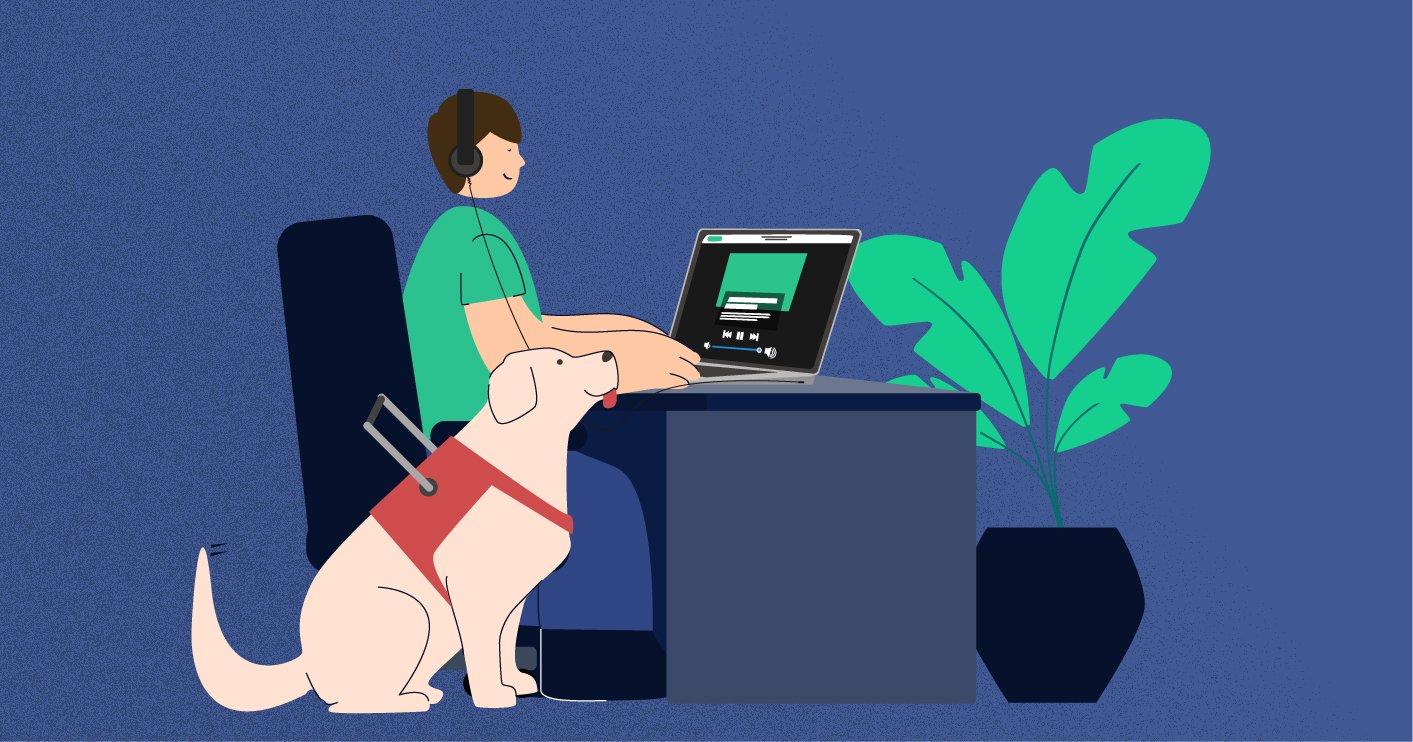Solutions to many complex problems may lie within the aisles of your local public library. The problem of how to reduce your carbon footprint, for example, needs to be tackled with a multidisciplinary approach. And who better to encourage sustainability than our trusted librarians?
Public libraries play an important and unique role not just in leading by example but also in facilitating the leadership efforts of others. From providing access to research materials to hosting educational events, libraries are uniquely positioned to bring communities together and support them with the tools they need to tackle issues in sustainability.
Here are 10 examples of ways that libraries can shrink their carbon footprint.
See also:
-
The library of 2030: what to expect from changes to physical design
-
How great library design evolves alongside its community needs
1. Host Earth Day programming that targets business leaders
Business leaders are key decision-makers who drive change in our communities. While Earth Day falls on a single day in April each year, consider extending it to a week or even the whole month to deliver impactful and relevant programming to leaders in the community.
For example, the Weldon Library in Ontario will host the third annual WaterAid Western conference this Earth Day to bring together community leaders in environmentally sound clean-water initiatives.
Hosting conversations and events that entire teams can attend helps businesses provide sustainability training. At the same time, public libraries can take the initiative to leverage their green resources and offset their own environmental footprint through the exchange of information.

2. Create a green curriculum collection for educators
Creating a green collection of age-appropriate educational materials by subject or theme that includes resources, activities and materials gives educators an economically feasible, easy entry into bringing sustainability into their classrooms.
It can reduce the need to purchase new textbooks and, with careful curation, can include preowned books. By having access to zero-waste books, eco-focused news articles, journals, magazines, films and other resources, libraries ensure that community members of all ages can explore topics such as climate change and biodiversity and understand how these issues affect their lives.
These resources can also be used by many organizations that lobby for policies that positively impact the environment.
3. Start a green book club
Building on the idea of the green curriculum, initiating a green book club, like the one at Black River Falls Library in Wisconsin, has a twofold benefit. A sustainability-focused book club creates engagement and community around a shared desire to do better for the environment.
The subject matter doesn’t have to be only deep scientific research pieces. You can engage green book club members through poetry; biographies, like those of Erin Brockovich or Jane Goodall; food, such as Michael Pollan’s The Omnivore’s Dilemma; ocean health; technology; or even how fast fashion impacts the environment. Make the list dynamic to make it count.
4. Hire an Environmentalist in Residence
Enlisting an Environmentalist in Residence, as the Toronto Public Library did with environmental educator Janelle Richards, can level up the depth and consistency of sustainability-focused programming that libraries offer. In the process, it can also provide a role model for a generation of students still learning about the world.

5. Make snacking a talking point
Gone are the days of stealthily trying to eat chips without crunching in a quiet library. Libraries nationwide have seen the value of well-fed readers and now embrace the snacker. While the eating and drinking may still be contained to designated areas, many libraries, like the New York Public Library, have entire cafes on-site.
Why not reduce your building’s carbon footprint, starting with what’s at the snack counter? Think fair-trade, locally made and plant-based snacks that provide carbon-neutral food choices. There’s a story behind every snack, and encouraging conscious eating is a great way for libraries to help the climate change dial.
6. Adopt a plant
.jpg?width=830&height=403&name=hand-holding-plant-sprout-from-ground%20(1).jpg)
While you can’t keep a library book for years, you can certainly keep a plant. And if you are a visitor at any of the libraries in the Brussels, Belgium municipality of Jette, you can adopt one.
Winner of the Green Library Award, this library system acknowledges that plants are not only carbon-sequestering heroes inside the facility itself, but also that they provide a valuable entry point for a conversation about creating a sustainable future.
Hosting events at the library for sowing, re-potting, preparing substrate and learning the tricks of the gardening trade also bolsters skills that will prove invaluable in facing the sustainability challenges that lie ahead for future generations.
7. Bag the bags for the environment

The war against plastic bags has been well under way for some time in a number of sectors. By encouraging patrons to bring reusable bags, libraries can reduce their environmental impact and become a beacon of trustworthy information about the impact of the plastic versions.
Another option is to sell or distribute eco-friendly bags with profits going to local sustainable initiatives, making the connection between community education and actionable change.
8. Lighting on demand
Implementing an environmental building operations policy, like the Greenpoint Library in Brooklyn, New York has done, can ensure that your library makes responsible decisions regarding energy use. For example, putting lighting on sensors means maximizing utility for visitors while supporting your library’s sustainability efforts and cutting energy costs.
Taking steps such as this lets your library takes responsibility for its own energy consumption while setting key standards for the broader community. The United States Green Buildings Council offers ideas to help you get started on such a policy that benefits the world in general while saving the local library money over the long term.
9. Librarians unite

There is power in numbers, and there is likely no single group of people who can get things done en masse like librarians. As an example, the ALIA Sustainable Libraries group is a collective of library professionals in Australia who are passionate about sharing resources and programming that help promote sustainability for all.
Joining this group allows library staff to support and promote research. ALIA also has a friendly blog platform that covers issues on sustainable practices for libraries and librarians, combining collective practices and knowledge for the greater good. (In the US, the Sustainability Round Table of the American Library Association has the same core values and aims, and a number of library associations around the world have started similar organizations.)
10. Digitizing your publication archive
There is nothing quite like the feeling of a book in your hand. That tactile mode of interacting with literature will likely never change in public libraries, if only because libraries will always have new books for eager readers to explore.
On the other hand, embracing digital tools like PressReader, which provides searchable, up-to-date editorial content from around the globe, can help reduce your library's environmental footprint.
Integrating access to over 7,000 newspapers and periodicals — either on the library's computers or the user's own device — expands your library’s offerings and gives patrons a world of information that won’t cost the earth.
Have you developed any environmental initiatives or strategies at your library that you would like to share with our community? Let's chat. And for more information on how we can be a part of your sustainability plan, read up on PressReader for libraries.


.jpg?width=830&name=concept-of-sustainable-practices-in-library%20(1).jpg)





